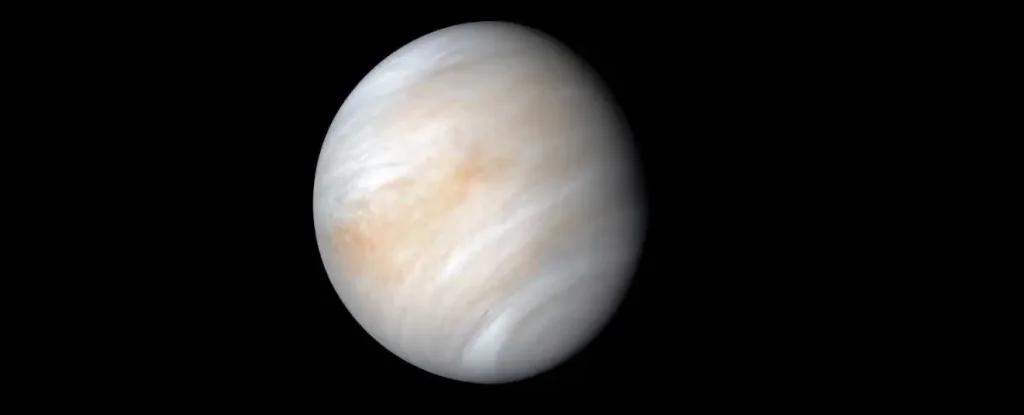
Invisible Threat: Venus Co-orbital Asteroids Could Pose Unexpected Risk to Earth
Are we overlooking a silent danger lurking in the vicinity of Venus? A new study highlights the potential threat posed by Venus co-orbital asteroids – space rocks sharing Venus’s orbit – that could unexpectedly cross paths with Earth. While the spotlight has long been on near-Earth asteroids (NEAs), this research suggests a re-evaluation of our planetary defense strategies.
For decades, NASA and other space agencies have diligently tracked NEAs, but a recent paper published in Astronomy and Astrophysics raises concerns about a hidden population of asteroids co-orbiting with Venus. These "Venus co-orbitals," though seemingly distant, could be perturbed into orbits that intersect with Earth, transforming them into potential hazards.
Currently, only around 20 such asteroids have been identified. The challenge lies in their proximity to the Sun. The sun’s glare makes it incredibly difficult for ground-based telescopes to detect and track these objects, creating a significant blind spot in asteroid monitoring efforts. This issue is further compounded by the unpredictable nature of their orbits, where even small gravitational nudges from planets could drastically alter their trajectories.
As researchers Valerio Carruba of Sao Paolo University in Brazil, pointed out, simulations reveal that there is a sizeable population of low-eccentricity asteroids – those previously thought to be harmless could be propelled toward Earth via gravitational shifts and other factors. "Co-orbital status protects these asteroids from close approaches to Venus, but it does not protect them from encountering Earth," the researchers warned.
Some of these asteroids, measuring between 330 and 1,300 feet in diameter, have a shaky trajectory and are capable of destroying entire cities and causing massive fires and tsunamis, the Daily Mail reported. Impact from any space rocks would leave a crater over two miles wide and generate one million times more energy than the atomic bomb that was dropped on Hiroshima, Japan in 1945.
The study emphasizes the need for a more proactive approach. While the Vera C. Rubin Observatory is expected to enhance our detection capabilities, the authors advocate for a specialized space-based mission near Venus, dedicated to mapping and discovering these potentially hazardous asteroids. Such a mission, strategically positioned away from the Sun's glare, could provide a continuous and comprehensive view of this elusive population.
"We aim to assess the possible threat that the yet undetected population of Venus co-orbiters may pose to Earth, and to investigate their detectability from Earth and space observatories," the authors write.
Is Venus hiding a deadly secret? Should we invest in dedicated space missions to map this potentially dangerous population of asteroids? What other blind spots exist in our current planetary defense systems? Leave your thoughts and share this article to spark a conversation about protecting our planet from unseen threats.